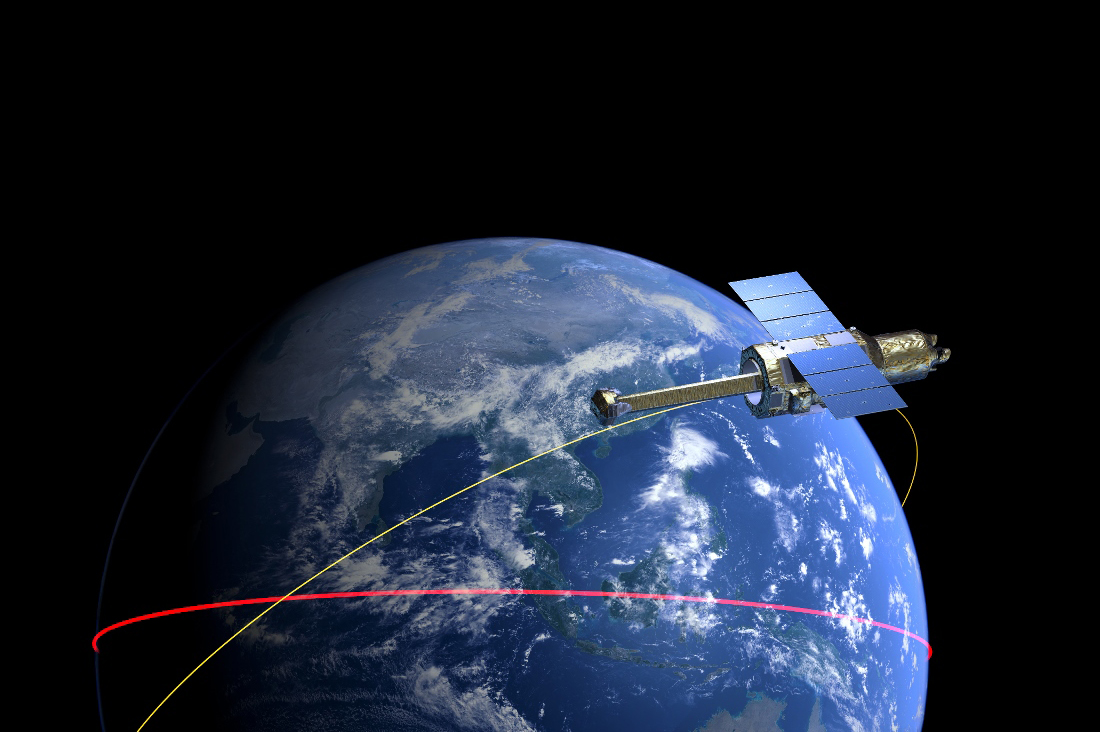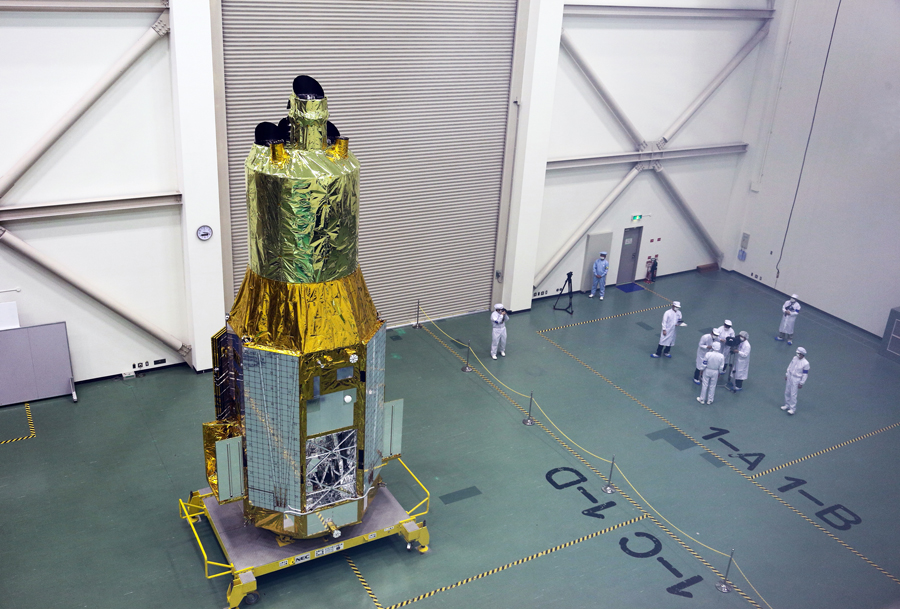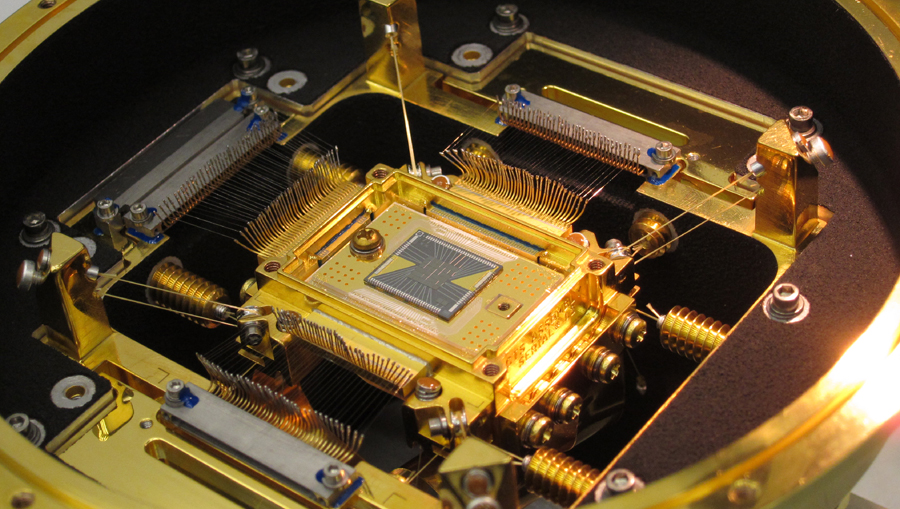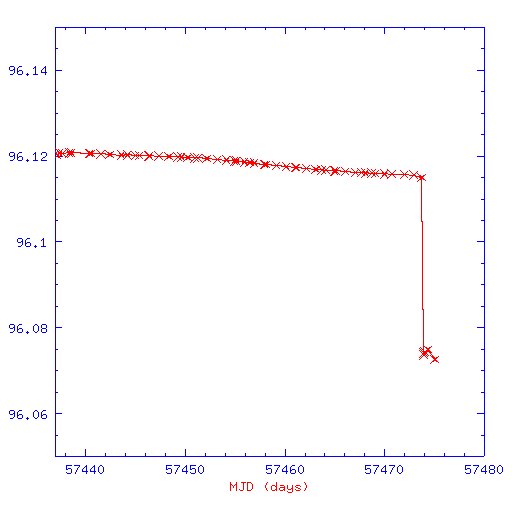Japanese X-ray telescope disintegrated in orbit

The JAXA space x-ray telescope was launched into space on February 17, 2016. The launch was carried out successfully, the device went into a given orbit, and the scientists began to prepare observations.
The ASTRO-H spacecraft was renamed the Hitomi Observatory. The observatory carried on board several telescopes to observe the sky in various X-ray ranges. The preparation of the observations included the operation of the cooling system for the X-ray detectors.
')

Learn more from the JAXA video:
On February 27, mission representatives reported that the cooling system had reached almost absolute zero temperature and was ready for scientific work.

However, the Japanese said yesterday that they had lost contact with Hitomi. At first, it was assumed that communication failure was caused by problems in the power supply system, but today, the US space debris surveillance systems have determined that there are five fragments in orbit at the Hitomi site. It is likely that these are remnants of a satellite, which means that some dramatic event has occurred in orbit.
Moreover, on March 26, the orbital characteristics of the device also changed, something dramatically slowed the satellite, that its orbital period was reduced by 4 seconds.

For the time being, we can consider two main versions of what happened: an explosion on board, such as a fuel tank or battery, or a collision with a piece of space debris.
UPD: Five debris is rather weak for a serious explosion. If there is a direct collision of comparable-sized vehicles, then these are thousands of fragments. More or less serious battery explosions, for example, like those of NOAA 16 , produce several dozen fragments. Therefore, it is more likely that ASTRO-H survived a relatively small impact or explosion of onboard equipment, and the connection was lost due to loss of orientation. Perhaps it will try to remove from the Earth and visually determine the condition and size of the debris.
UPD1: observers report that no large debris is visible near the vehicle, but it rotates at a frequency of about 6 times per minute. At the same time, JAXA reported that it was able to catch several signals. Probably, the telescope as a whole remained after the event, but is in uncontrolled rotation, and does not respond to requests from the Earth.
UPD2: ASTRO-H flight video. Changes in the brightness of the gloss mean its rotation.
According to recent reports, the event occurred on March 26 at 1:42 UTC.
Attempts to contact unsuccessful.
UPD3: According to March 30, two attempts were made to communicate with the device, signals were received from it, but they were very short, so they could not be deciphered. According to the JAXA radar observation, two objects could be identified at the satellite site (not six, as reported by the US military). At the same time, the Americans claim that there is no reason to suspect a collision with space debris. Visual observations of amateur astronomers show that the satellite rotates at a speed of one revolution of 11.4 seconds, and there is a suspicion that the rotation slows down. Observation with the help of binoculars and amateur telescopes did not allow to reveal any fragments separated from the telescope.
Another flight video:
We will follow the developments.
Source: https://habr.com/ru/post/368523/
All Articles